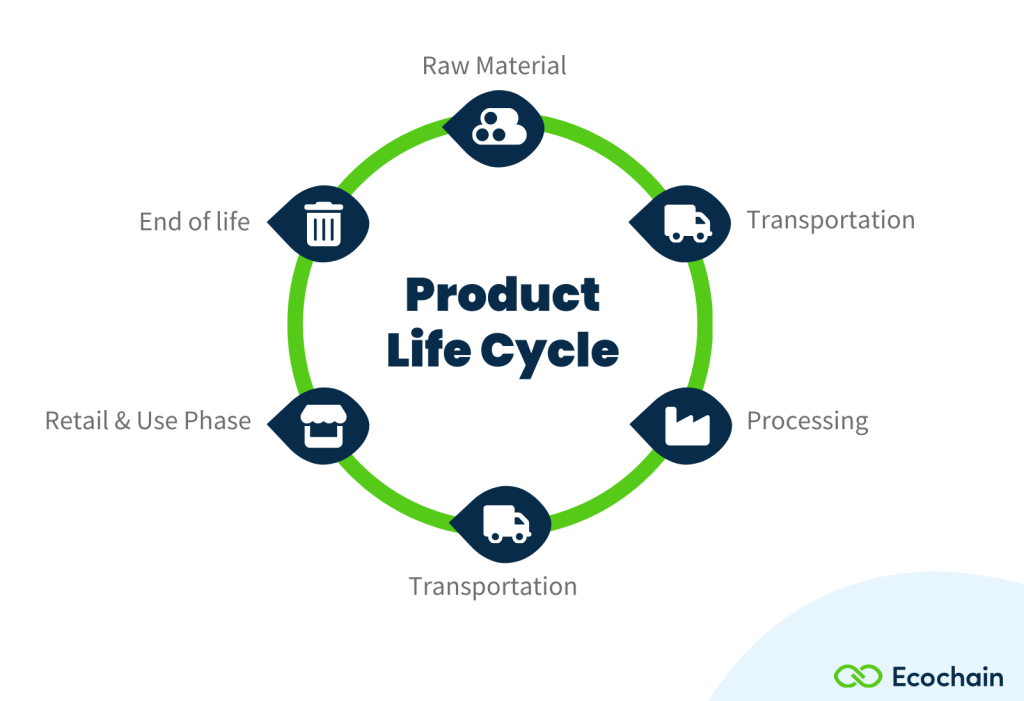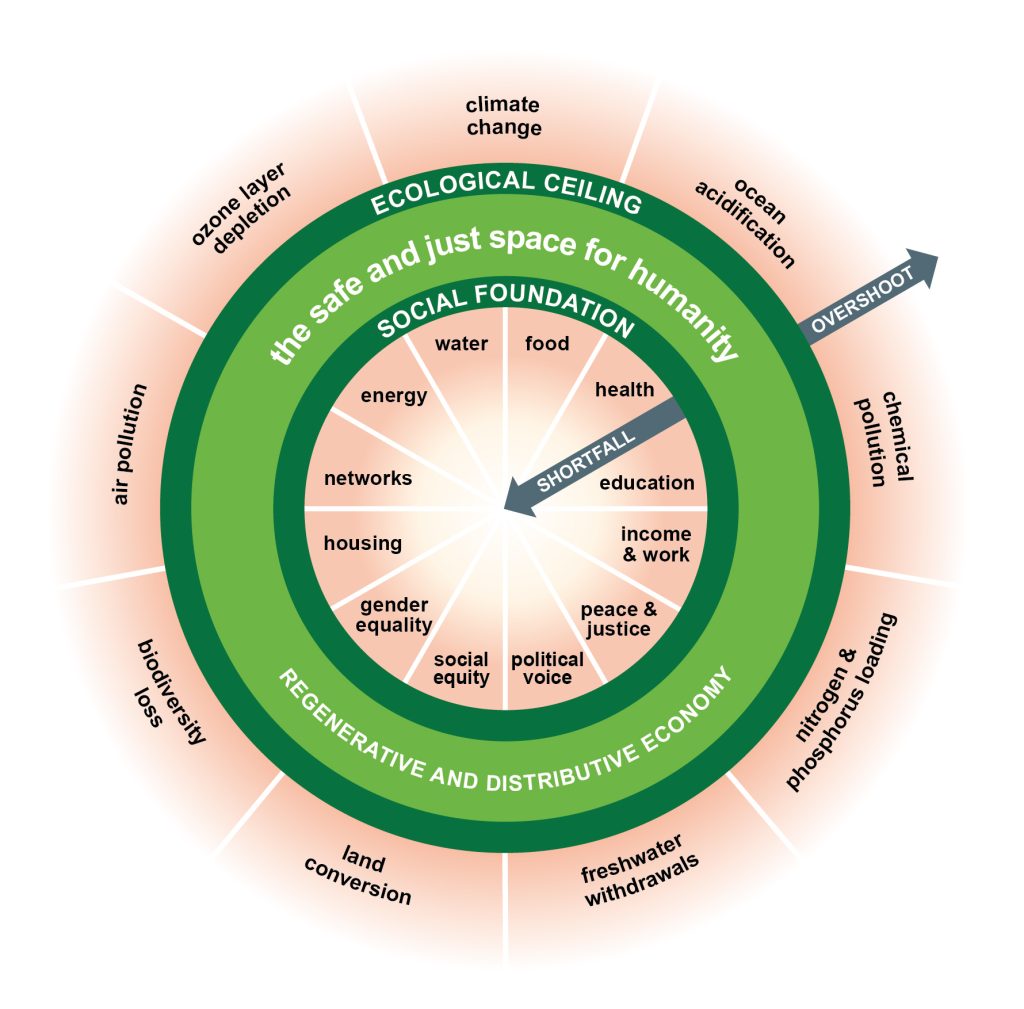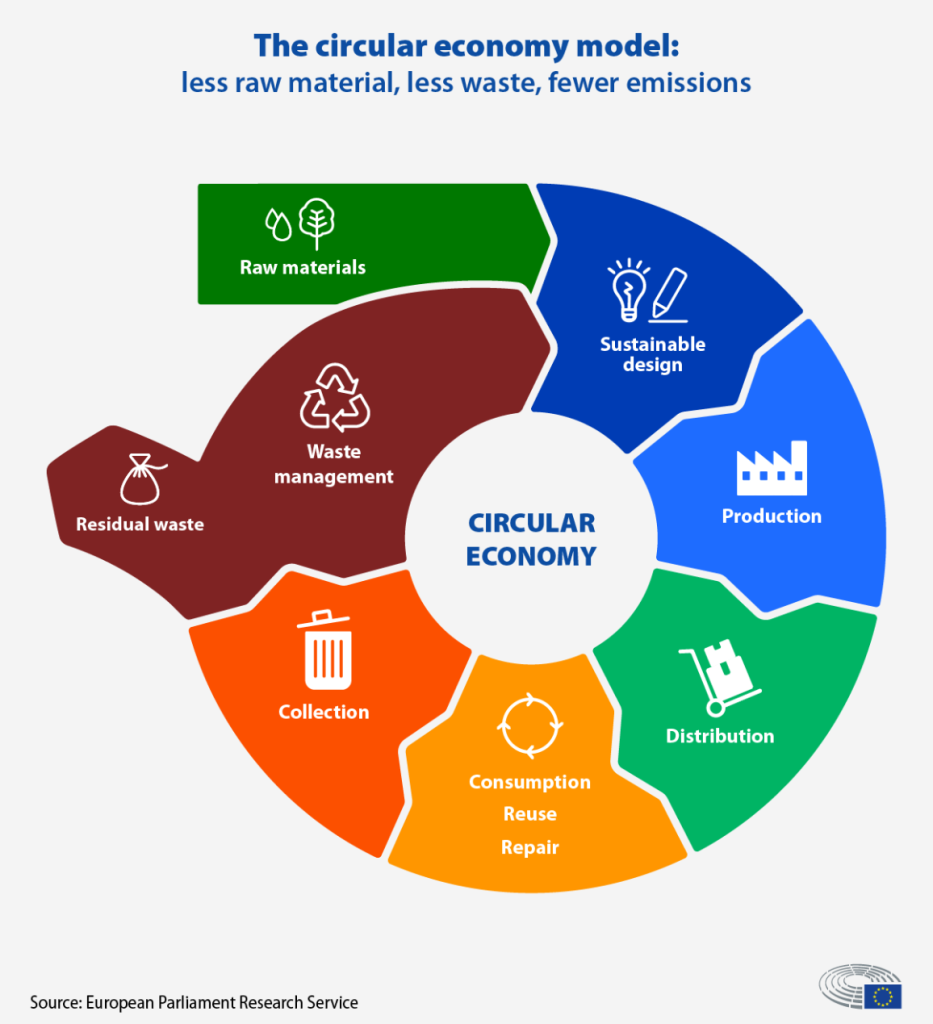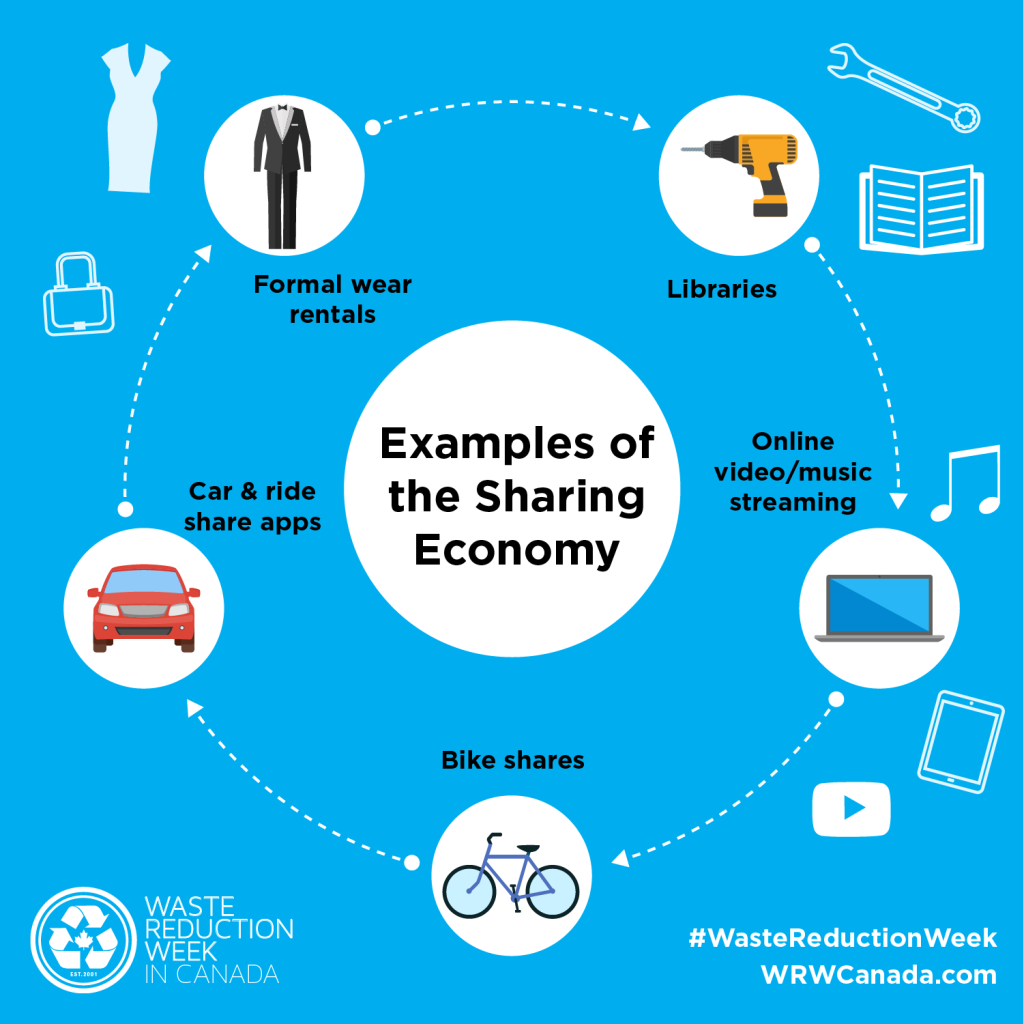Chapter 2: Economic Responsibilities
Definition: Consumer Power
Consumer power consists of a consumer’s perceived ability to resist a firm’s marketing efforts and influence a firm’s actions.
Source: Akhavannasab, S., Dantas, D.C. and Senecal, S. (2018), “Consumer empowerment in consumer–firm relationships: conceptual framework and implications for research”, AMS Review, Vol. 8 Nos 3/4, doi: 10.1007/s13162-018-0120-4.
In today’s interconnected world, consumer power holds immense potential to shape the economy and influence business practices. As a consumer, your choices and demands play a significant role in guiding firms’ actions and strategies. The economy and consumers are intertwined in a dynamic relationship, where the buying behaviour of individuals drives market trends and determines the success of businesses.
In the pursuit of sustainability, consumers bear a crucial responsibility in their everyday choices. By opting for eco-friendly products and supporting socially responsible businesses, you can foster a demand for sustainable practices and encourage firms to adopt more responsible approaches. Your buying decisions hold the power to drive positive change and incentivize companies to embrace ethical and environmentally friendly operations.
Nour Negm speaks passionately about consumer power in this TED Talk presentation.
Negm, N. (2020, July 16). The POWER we have as consumers [Video]. YouTube. https://youtu.be/qUG1XUDMBcs
Product Life Cycle
The product life cycle represents the journey of a product from its inception to its end, encompassing each phase of its existence, including environmental impact.

Understanding the entire product life cycle helps in making informed choices to reduce the overall environmental impact by optimizing resource use, promoting recycling, and reducing waste.
- Raw Material Extraction:
- The process begins with sourcing raw materials needed to manufacture the product.
- Consideration is given to the sustainability and environmental impact of resource extraction.
- Production:
- Raw materials are transformed into the finished product through manufacturing.
- This stage involves energy consumption, emissions, and other environmental considerations.
- Distribution and Consumption:
- The product is distributed to retailers and then purchased and used by consumers.
- This phase also includes packaging, transportation, and energy used during product use.
- Waste or Disposal:
- After the product’s useful life ends, it enters the waste phase.
- It may be disposed of in landfills, incinerated, or recycled.
- Recycling or Reuse (optional):
- Some products may be recovered and reprocessed, thereby reducing the need for new raw materials and minimizing waste.
Rethinking Economic Growth
The conventional metrics of progress and success often prioritize economic growth and profitability, but the concept of sustainability challenges these traditional notions. In the context of sustainability, success is measured not only by financial gains but also by social and environmental well-being. Businesses need to adopt a holistic approach that values long-term resilience, social impact, and ecological preservation.
Moreover, the concept of the tragedy of the commons reminds us of the collective impact of individual consumer behaviours on shared resources. Each seemingly insignificant choice we make as consumers can add up to significant environmental consequences. Embracing sustainable consumption practices is essential to safeguard the planet’s limited resources and create a more equitable future for all.
“We have been told a story that casts us in the role of consumers, people who merely take in products that were made far away. The reality is that as human beings we make choices, and the choices we make around what we wear are having profound implications for our planet as well as for some of our most vulnerable fellow human beings.”
~~ Andrew Morgan, filmmaker and director of ‘The True Cost’ from Safia Minney’s book ‘Slow Fashion: aesthetic meets ethics‘
As a consumer, your power lies not only in the products you buy but also in the values and principles you support. By demanding transparency, responsible practices, and sustainability, you contribute to reshaping the economy and promoting a more sustainable and ethical marketplace. Every consumer choice has the potential to be a catalyst for positive change, fostering a world that cherishes both prosperity and sustainability.
Economic growth solutions
- Alternative Perspectives:
- Degrowth Movement: Advocates for reducing consumption and production to enhance quality of life and sustainability.
- Sustainable Development: Seeks to balance growth with ecological protection and social equity.
- Integrating Sustainability into Growth:
- Green Economy: Promotes economic growth while minimizing environmental impact through sustainable practices.
- Corporate Responsibility: Businesses are increasingly adopting environmental and social governance (ESG) strategies.
- Policy Implications:
- Regulatory Measures: Policymakers must create regulations that foster sustainability without hindering growth.
- Investment in Renewables: Transitioning to a sustainable economy requires investment in renewable resources and infrastructure.
- Public Perception:
- Awareness and Engagement: Growing public concern for environmental issues pressures governments and businesses to adopt sustainable practices.
Alternative Economic Models
The first step for moving toward alternative economic models is to measure and promote what really matters: social and ecological well-being. For example, the Happy Planet Index (HPI) is “a measure of sustainable well-being, evaluating countries by how efficiently they deliver long, happy lives for their residents using our limited environmental resources” (https://happyplanetindex.org/). In another example, The Genuine Progress Indicator (GPI) offers a more comprehensive measure of economic well-being compared to GDP. While GDP focuses on current production and economic output, GPI is designed to assess the overall economic welfare generated by economic activities. It takes into account the positive contributions to society, such as improvements in health, education, and income equality, while also factoring in the negative impacts, like the depletion of natural resources, environmental degradation, and the depreciation of community capital. In essence, GPI aims to provide a more accurate reflection of a nation’s true economic health by considering both the benefits and costs associated with economic growth. Considering these holistic measurements of economic prosperity, alternative economic models may provide higher economic performance:
Doughnut Economy

Circular Economy

Alternative Business models
Alongside conventional business models that can operate responsibly, alternative business models can be designed to fundamentally prioritize social and ecological sustainability while maintaining healthy profitability. Some of these alternative business models are:
Benefit corporations
At its core, a benefit corporation is a traditional for-profit entity with one key difference: it is legally obligated to balance profit with purpose. Unlike typical corporations that prioritize maximizing shareholder value, benefit corporations must consider or balance the impact of their decisions on a broader set of stakeholders, including employees, customers, communities, and the environment. This legal designation provides greater flexibility for companies to pursue long-term goals that align with social and environmental responsibility (source: bcorporation.net).
Social enterprises
A social enterprise is a business that employs market-driven strategies to address unmet social or environmental needs. Unlike traditional businesses, its primary objective is not profit maximization but generating revenue to fund its social missions, setting it apart from charities. Social enterprises often prioritize hiring individuals from at-risk communities and typically finance their initiatives through the sale of goods and services. Organizations like NeighborWorks America exemplify how social enterprises innovate to remain sustainable and amplify their social impact (source: Investopedia).
Solidarity-based business models
A solidarity-based business model prioritizes collective well-being, social justice, and democratic governance over profit maximization. Rooted in the solidarity economy, these businesses emphasize cooperation, mutual aid, and sustainability while resisting exploitative market dynamics. Unlike traditional enterprises, they reinvest surplus into community development, fair wages, and ecological responsibility. Examples include worker cooperatives, where employees co-own and co-manage the business (e.g., Mondragon Corporation in Spain); mutual aid networks, which facilitate non-monetary exchanges of goods and services; and fair trade enterprises, such as Equal Exchange, which ensures ethical sourcing and equitable profit distribution among small-scale producers. Other forms include community-supported agriculture (CSA) programs, which connect consumers directly with farmers, and ethical finance institutions like credit unions (e.g., Assiniboine Credit Union) that prioritize social impact over shareholder returns.
Knowledge Check!
Resources
-
- Doughnut Economics Action Lab. (n.d.). About doughnut economics. Retrieved from https://doughnuteconomics.org/about-doughnut-economics
- Bcorporation.net
- Investopedia. (n.d.). Social enterprise. Retrieved February 11, 2025, from https://www.investopedia.com/terms/s/social-enterprise.as
- Kim, H. (2022, 26). What is conscious consumerism?. Network for Business Sustainability (NBS). https://nbs.net/what-conscious-consumerism-really-means/
-
Population Matters. (2024, November 14). Beyond profit: An introduction to the solidarity economy. Population Matters. Retrieved from https://populationmatters.org/news/2024/11/beyond-profit-an-introduction-to-the-solidarity-economy/
The tragedy of the commons is an economic problem where the individual consumes a resource at the expense of society.
Amendolare, N. (2017, November 21). What is the tragedy of the commons? [Video]. Ted-Ed. https://youtu.be/CxC161GvMPc
An economic system based on the reuse and regeneration of materials or products, especially as a means of continuing production in a sustainable or environmentally friendly way.
https://www.canada.ca/en/services/environment/conservation/sustainability/circular-economy.html


